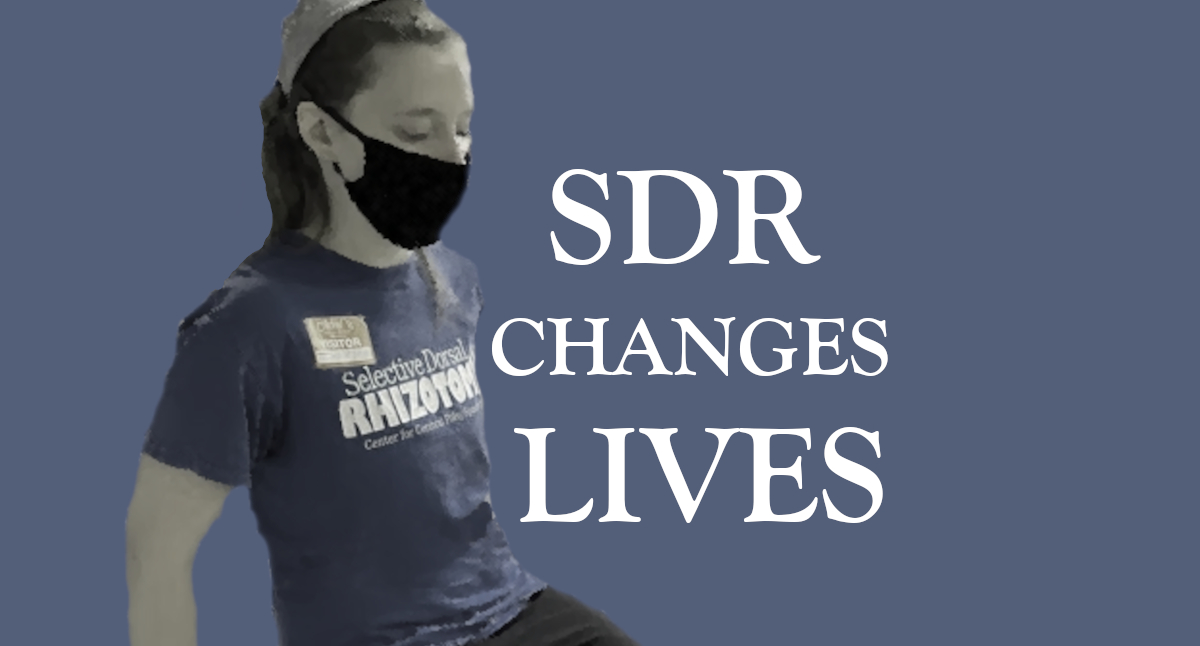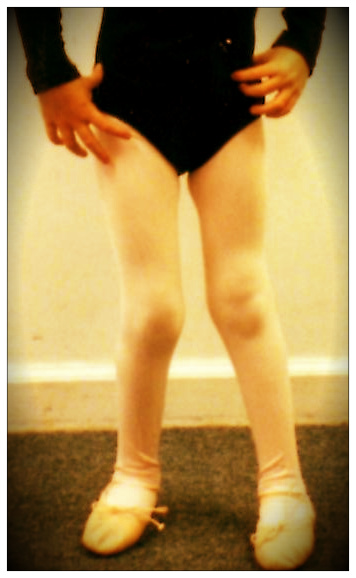myths & facts
MYTH: SDR causes weakness or paralysis.
FACT: When performed by a qualified surgeon, SDR does not cause weakness. SDR uncovers weakness that was previously masked by spasticity.
The spinal cord is made up of motor (ventral) nerves in the front and dorsal (sensory) nerves toward the back. The motor nerves carry information from the brain to the muscles in order to tell the muscles to contract. The sensory nerves carry information from the muscles to the brain to give the brain information about sensations. During a selective dorsal rhizotomy (SDR), the sensory nerves are carefully separated from the motor nerves and only the sensory nerve rootlets are cut, not the motor nerves. As a result, SDR doesn’t reduce the flow of messages going from the brain to the legs. In fact, without spasticity, people have the opportunity to strengthen their muscles more effectively and in a healthier way.
MYTH: All SDRs are the same, no matter which surgeon is doing the surgery.
FACT: SDR is an extremely nuanced surgery. The surgeon matters a ton. Some surgeons cut a lower percentage of nerves (sometimes as low as 20 percent), aiming to leave spasticity behind, which I don’t believe is ideal. Some surgeons have higher complication rates (done incorrectly, SDR can cause paralysis, incontinence, and other issues). Some surgeons perform a more invasive form of SDR called multi-level, which involves a longer incision and can increase the risk of spinal deformities and chronic back pain. Do your research before settling on a surgeon.
MYTH: SDR is a “quick fix” for CP.
FACT: SDR is not a quick fix. After SDR, you must be fully committed to post-op rehab in order to reach your full potential. You must put in the work to build up your muscles after surgery. The PT schedule varies depending on each patient’s situation, but most people start out with an hour of PT per day, 4 to 5 times per week. And to maintain progress and continue improving, patients should commit themselves to a lifelong routine of stretching and exercising.
MYTH: SDR is only for young children, only for people with severe CP, or only for people with spastic diplegia.
FACT: Thousands of people worldwide have had SDR as teenagers or adults, even (very occasionally) beyond the age of 50. Adult SDRs are riskier, but SDR has been shown to be beneficial for people across the entire spectrum of CP, from very mild to severe. And while selection criteria varies depending on the surgeon, many centers will consider candidates who have other forms of CP, including hemiplegia and quadriplegia.
MYTH: SDR surgery is a last resort.
FACT: I heard this statement on a popular podcast, and it still gives me the shivers! No, SDR is not a last resort. In fact, I think it should be a first resort. For people who are candidates, the earlier they receive SDR, the better. In my opinion, it should be part of the standard treatment protocol for spastic CP.
MYTH: SDR is a cure for CP. / It will definitely eliminate the need for any future surgeries.
FACT: SDR is a wonderful treatment option for many people, but it is not a cure (see the FAQ for more information). Some people need additional surgeries, such as PERCS, to address orthopedic issues. Children sometimes need surgeries to help with muscle tightness and alignment as they grow. But SDR may prevent the need for some surgeries, or it may allow future surgeries to be less invasive.
MYTH: SDR is new, it hasn’t been clinically studied, and there are no long-term studies of its effects.
FACT: SDR was first developed in the early 1900s, and it started becoming more widespread in the early 1980s. By the time he retired in 2024, Dr. Park (considered the world expert on SDR) performed more than 5,000 SDRs, and many studies have been published that demonstrate its safety and effectiveness. Many of the patients who received SDR in the 80s are now adults. For a small sampling of some of the research that has been done on SDR (including a long-term study that evaluated patients 20 to 28 years after SDR), check out the research tab on this site.
MYTH: Cerebral palsy is a non-progressive condition. It will not “get worse” as a child ages.
FACT: CP is non-progressive in the sense that the original brain injury will not spread or become more severe. However, the effects of constant muscle tightness build up over time. As a result, many people with CP lose abilities as they age and develop increased pain. SDR, along with continued stretching and exercise, can minimize these effects and help people maintain and improve their abilities throughout adulthood.

